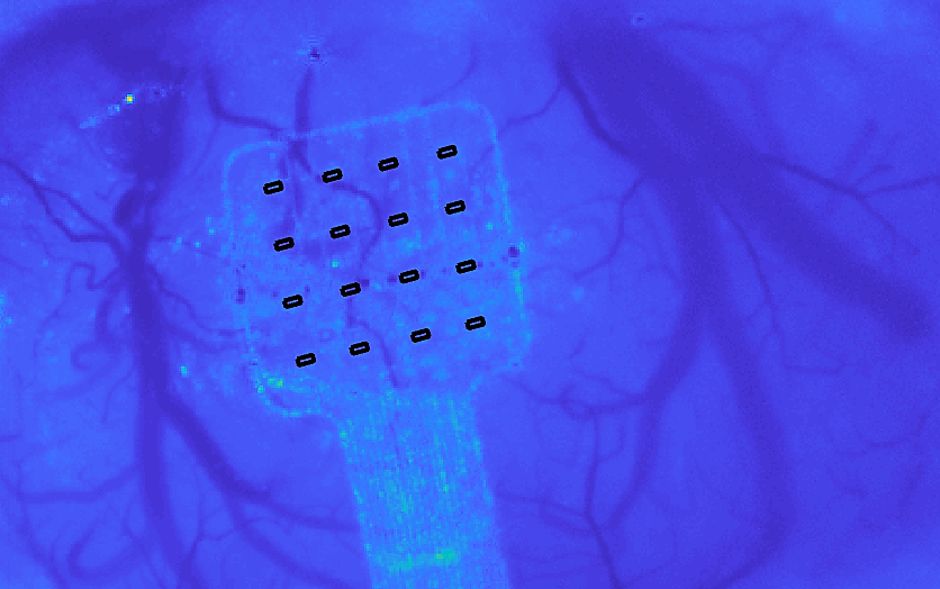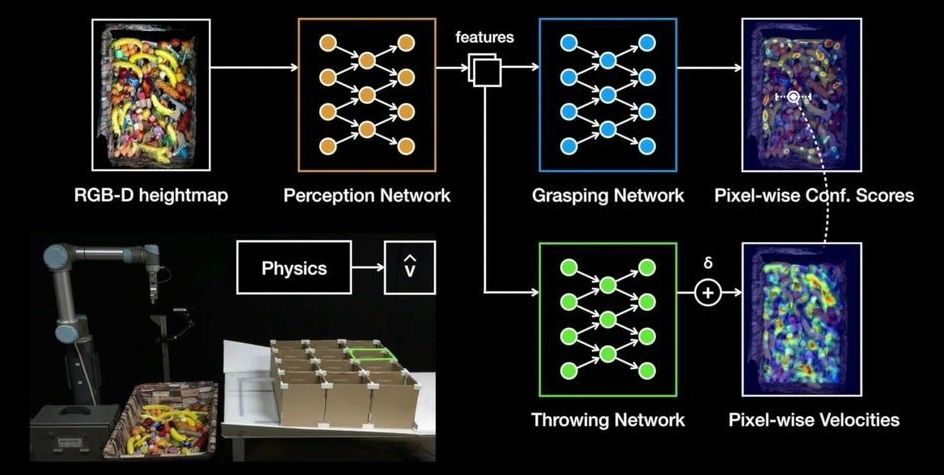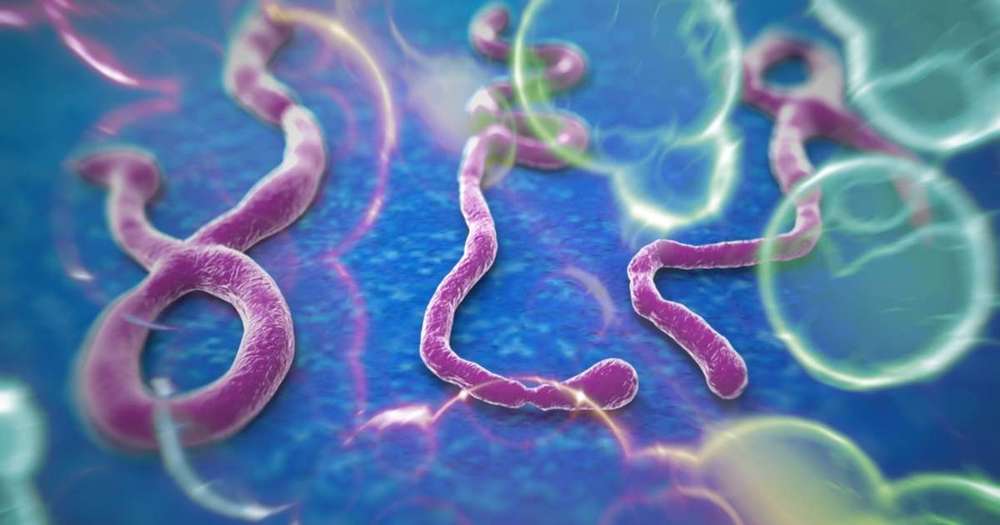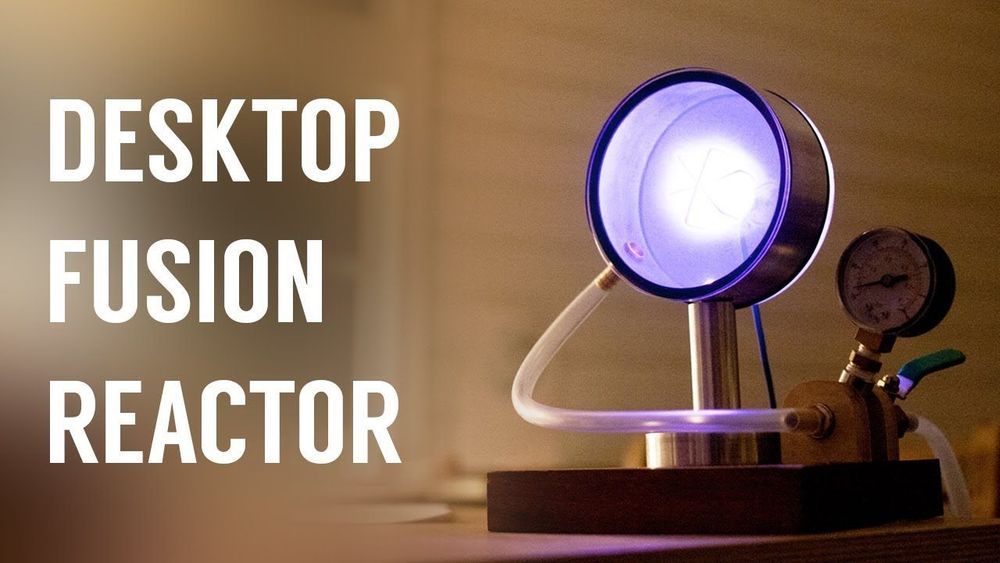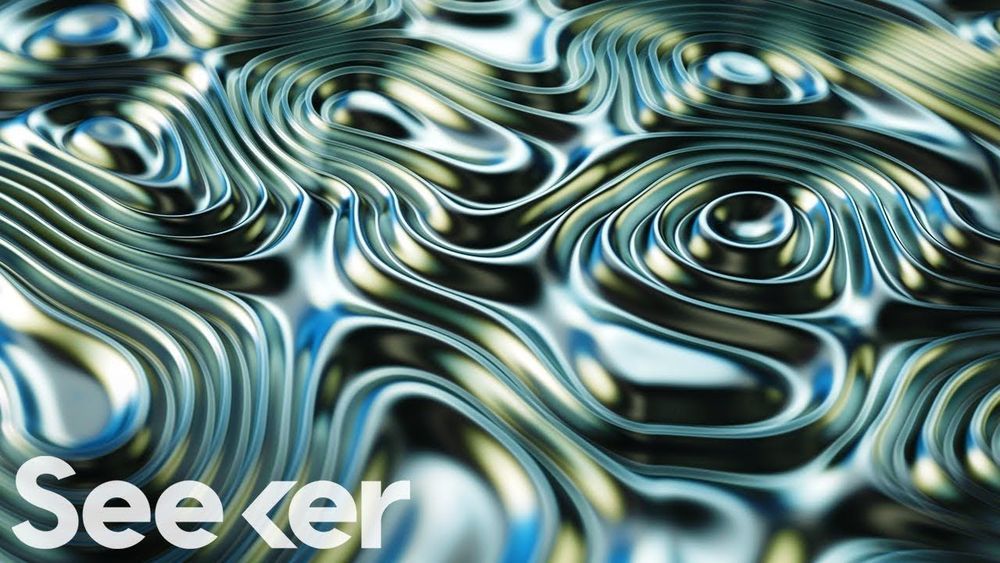Mar 27, 2019
Graphene-based brain implant reveals secrets inside the brain
Posted by Paul Battista in categories: computing, nanotechnology, neuroscience
A new graphene-based brain implant could help provide information about the onset and progression of epileptic seizures and pave the way for next generation brain-computer interfaces.
The new implant, which records electrical activity in the brain over large areas and at frequencies below 0.1Hz, is said to overcome the limitations of electrode arrays that have only been able to detect activity over a certain frequency threshold.
The technology was developed by Graphene Flagship partners at the Barcelona Microelectronics Institute (IMB-CNM, CSIC), the Catalan Institute of Nanoscience and Nanotechnology (ICN2), and ICFO.
